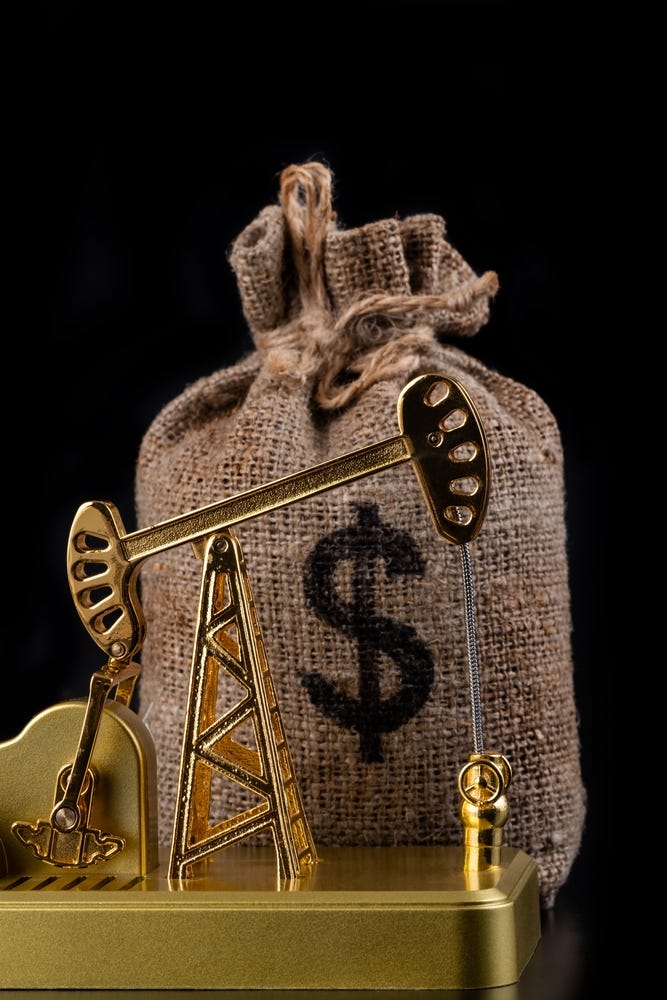Making Hay Monday
High-level macro-market insights, actionable economic forecasts, and plenty of friendly candor to give you a fighting chance in the day's financial fray.
“There are no bad bonds, only bad bond prices.” -An anonymous bond trader from long ago
A Tale Of Two Bonds
As most investors are aware, U.S. Treasury (UST) debt is backed by the full, faith, and credit of the U.S. government. That was once a comforting reality, rendering USTs the safest securities in the known universe. One would think on a planet far, far away, there might be a debt instrument that rivaled its safety. But since modern astrophysicists are increasingly coming to the conclusion that this tiny globe is the lone example of sentient life* — excluding Congress, of course — maybe USTs are as good as it gets.
Or are they?
The sad reality, bordering on paradigm shattering, is that the federal government’s guarantee is no longer very fulsome, faithful, or creditworthy. As this recognition spreads — which is likely to be the big story of this year, as well as the balance of this decade — the implications for the global financial system are profound… and profoundly destabilizing. It’s merely axiomatic to note that USTs are the bedrock upon which the planet’s financial infrastructure has been built.
Despite that fact, it’s my belief, over time, USTs will increasingly be viewed as riskier than the strongest U.S. corporate debt obligations. Conjoined with this thesis is the reality that USTs are being produced at a rate that diminishes their value with every passing day. To quantify that statement, the Federal debt increases about 5½ billion on a daily basis.
Even though it’s contrary to traditional behavior, it is my contention that investors will gradually gravitate toward credits where there is true scarcity at work. This is far more rational than dreaming about a restoration of fiscal probity in Washington, D.C.
Specifically, I’d rather have a bond backed by the most economically essential commodities on Earth — oil and natural gas — than by a government whose finances are in shambles. Further, the deterioration shows no signs of improving.
For now, anyway, you can still attain higher yields with corporate bonds — especially, for some odd reason — with those issued by energy companies. As most Haymaker readers know, I’ve highlighted a number of those since this publication took over from my former newsletter, the Evergreen Virtual Advisor, back in March of 2022.
In this case, the bond in question yields about 2% (200 basis points) above the comparable UST. Additionally, there are highly conspicuous catalysts that should push its price higher, assuming interest rates and credit spreads stay relatively stable.
Now, it’s time for the reveal…




